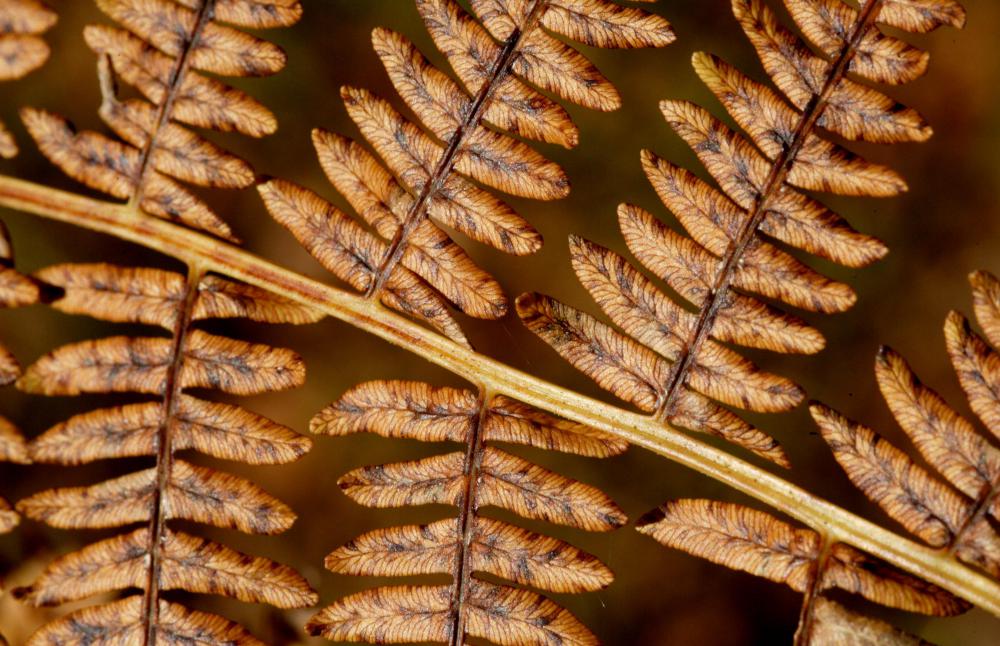At WiseGEEK, we're committed to delivering accurate, trustworthy information. Our expert-authored content is rigorously fact-checked and sourced from credible authorities. Discover how we uphold the highest standards in providing you with reliable knowledge.
What is a Tree of Heaven?
Tree of Heaven or Ailanthus altissima is a deciduous tree native to the temperate regions of China. It is also known as Ailanthus or stinking sumac, and it can be found widely all over the world, thanks to gardeners who introduced it to a number of regions in the 1700s. Most gardeners today consider the Tree of Heaven to be a pest, and many regions have eradication programs which are designed to stamp out Ailanthus in their areas.
There are a number of reasons why Tree of Heaven is viewed as so irritating by many gardeners. For one thing, the tree is extremely fast growing, capable of establishing an extensive and strong root system quite rapidly. Ailanthus is also incredibly opportunistic, spreading wherever it can with the use of suckers and scattered seeds, and it can quickly take over an area if it is not put in check.

The Tree of Heaven is also astoundingly smelly, with a sharp, strong odor which some people find extremely unpleasant, and in urban areas the roots can tear up sidewalks and even damage buildings, while the leaves make a mess in the fall when they are dropped. Tree of Heaven is also extremely hardy, able to resist insect pests, pollution, and severe weather conditions, and this makes it even harder to eliminate.
In China, Ailanthus has been cultivated for centuries, and a number of parts of the tree are used in traditional Chinese medicine, including the gray bark, which is steeped in various substances to treat things ranging from mental illness to headaches. Ailanthus also provides fodder for the Ailanthus Silk Moth, which spins very strong, useful silk which can be used in a variety of ways.
Tree of Heaven initially became popular overseas because of its hardiness, with many communities planting it as an ornamental street tree. Even after people realized that Ailanthus had a tendency to crowd out native species and take over, the tree continued to be planted, compounding the problem. Ailanthus has turned into a blight in some urban areas, where the trees are extremely abundant and hard to eradicate; getting rid of Ailanthus involves pulling up all saplings and supporting the growth of hardy native species.
AS FEATURED ON:
AS FEATURED ON:











Discuss this Article
Post your comments